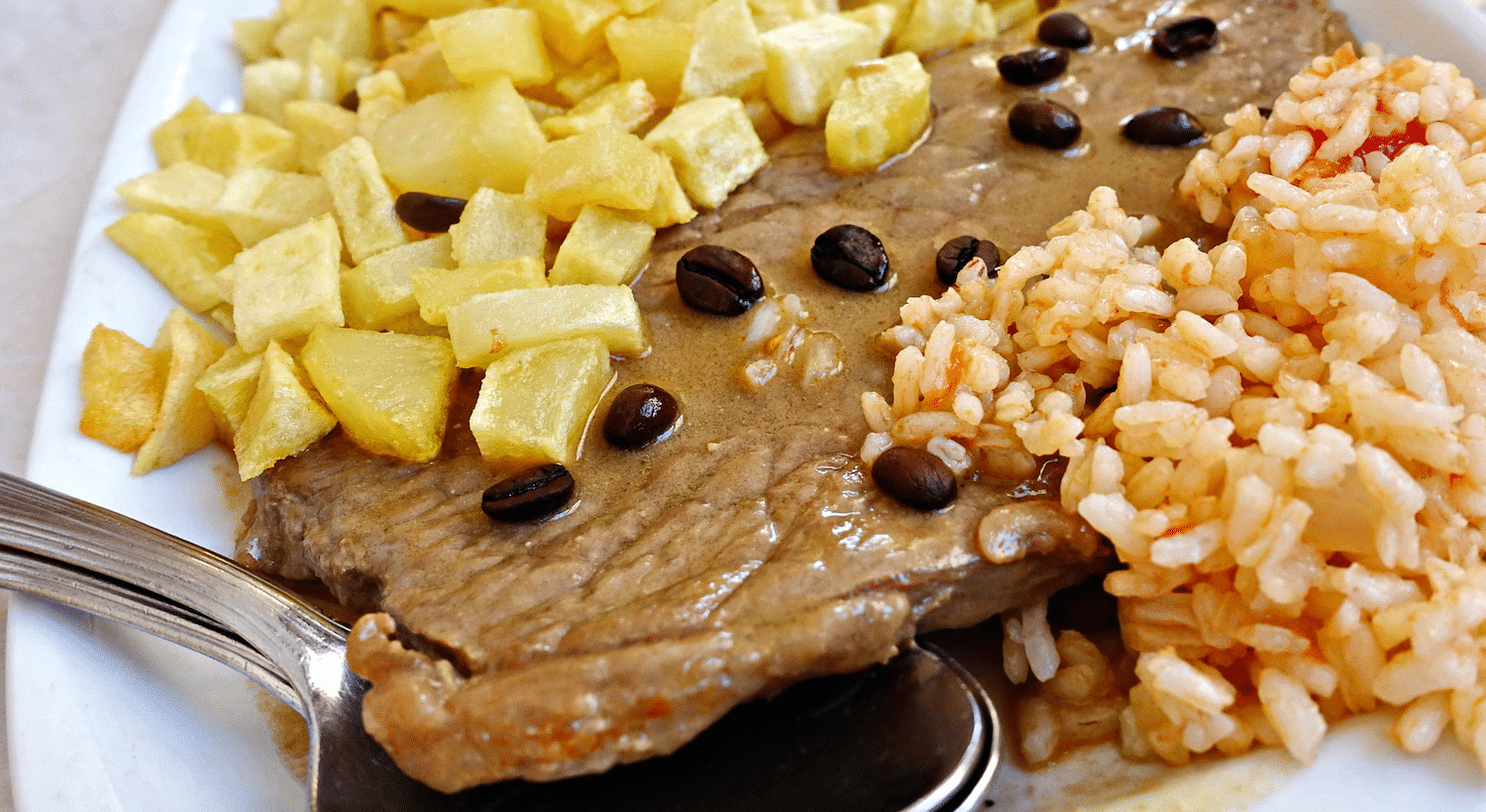
By Talek Nantes of Travels with Talek
Just a few years ago if I said Cuban food you probably would have thought “rice and beans.” Oh, how things have changed. The recent proliferation of Cuban restaurants in New York City is both impressive and welcome. Little by little the range of Cuban culinary options has been growing; not just in quantity of Cuban restaurants but in diversity within the Cuban cuisine category itself.
This fusion is merely the continued natural evolution of Cuban food throughout its history.
Tracing Cuba’s Culinary Influences
In 1492 the Spaniards arrived in Cuba with their livestock and cooking methods which blended with native Indian ingredients like sweet potato, corn and guava. Shortly thereafter the West African influence arrived with the slaves who introduced plantain, okra and Guinea hen. The early 1800s experienced several waves of French immigration retreating from the Haitian Revolution.
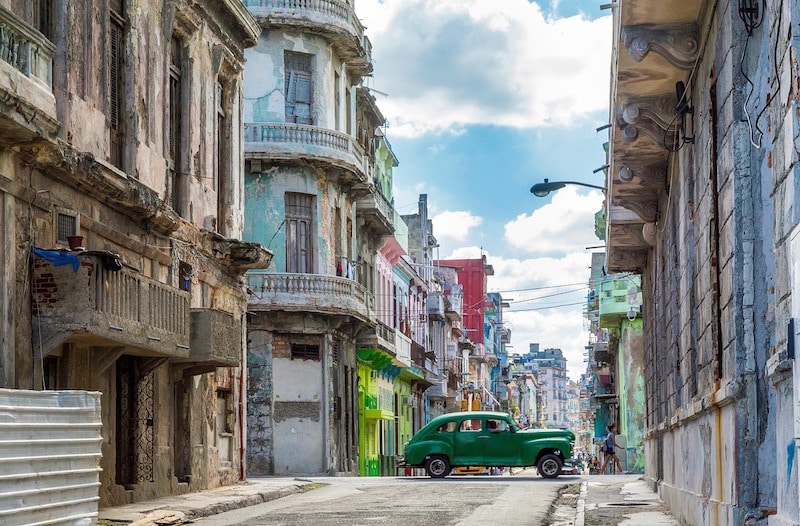
The influence doesn’t stop there, either. As we continue into the mid-1800s we see over 150,000 Chinese contract workers arriving in Cuba to work the sugar plantations. Many of these workers stayed even longer, and with this immigration of people came an introduction of ingredients.
Cuban Restaurants In NYC With Chinese Flare
And restaurants, in the form of Cuban-Chinese eateries that became very popular with locals. Interestingly, we don’t really see these types of restaurants anymore in Cuba, as from 1959 these restauranteurs began leaving for the USA, mainly Miami and NYC.
Which is why you can still savor them in New York, though today you’ll hear them called Chino-Latino.
For delicious #Cubanfood with flair, head to #NYC. Here's why Click To TweetWhile more popular in the 1960s and 70s, two that have prospered despite changing neighborhoods are Flor de Mayo and La Caridad 78 on the Upper West Side. There’s also Asia de Cuba in the East Village, a more upscale option for these kinds of fusion dishes.
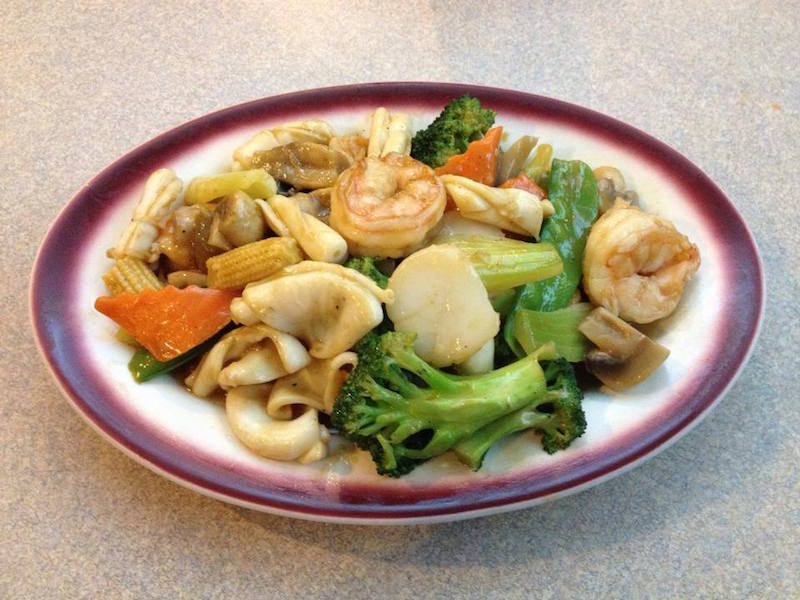
Cuban Cuisine Changes With The Locals
The ever-evolving demographics of NYC is reflected in the changing characteristics of Cuban food. In many restaurants it’s now all about Cuban fusion: Cuban-Brazilian, Dominican-Cuban, Cuban-Mexican and any number of other combinations.
These shifting demographics have prompted some restaurants to tweak their menu by offering meals beyond the traditional fare. “Although we pride ourselves on the authenticity of our food, we recognize the benefit of adjusting some of our offerings to appeal to the wider consumer base,” says Julian Quevedo, manager of Amor Cubano, a trendy Cuban restaurant on Manhattan’s Upper East Side. Menu selections like Argentinian empanadas and Ecuadorian ceviche appeal to a wide spectrum of consumers.
The result is great traditional selections (think mojitos) made even better (think guava mojitos).
A Menu True To Cuban Roots
Victor’s Café has been one of the staple Cuban restaurants in NYC for almost 50 years. Which may be why they have a slightly different take on where the ever-evolving food of Cuba is heading.
It reads on their website, “The evolution of Cuban cuisine is our interpretation of what an upscale Cuban restaurant would be in Cuba if politics had not interfered with its growth.”
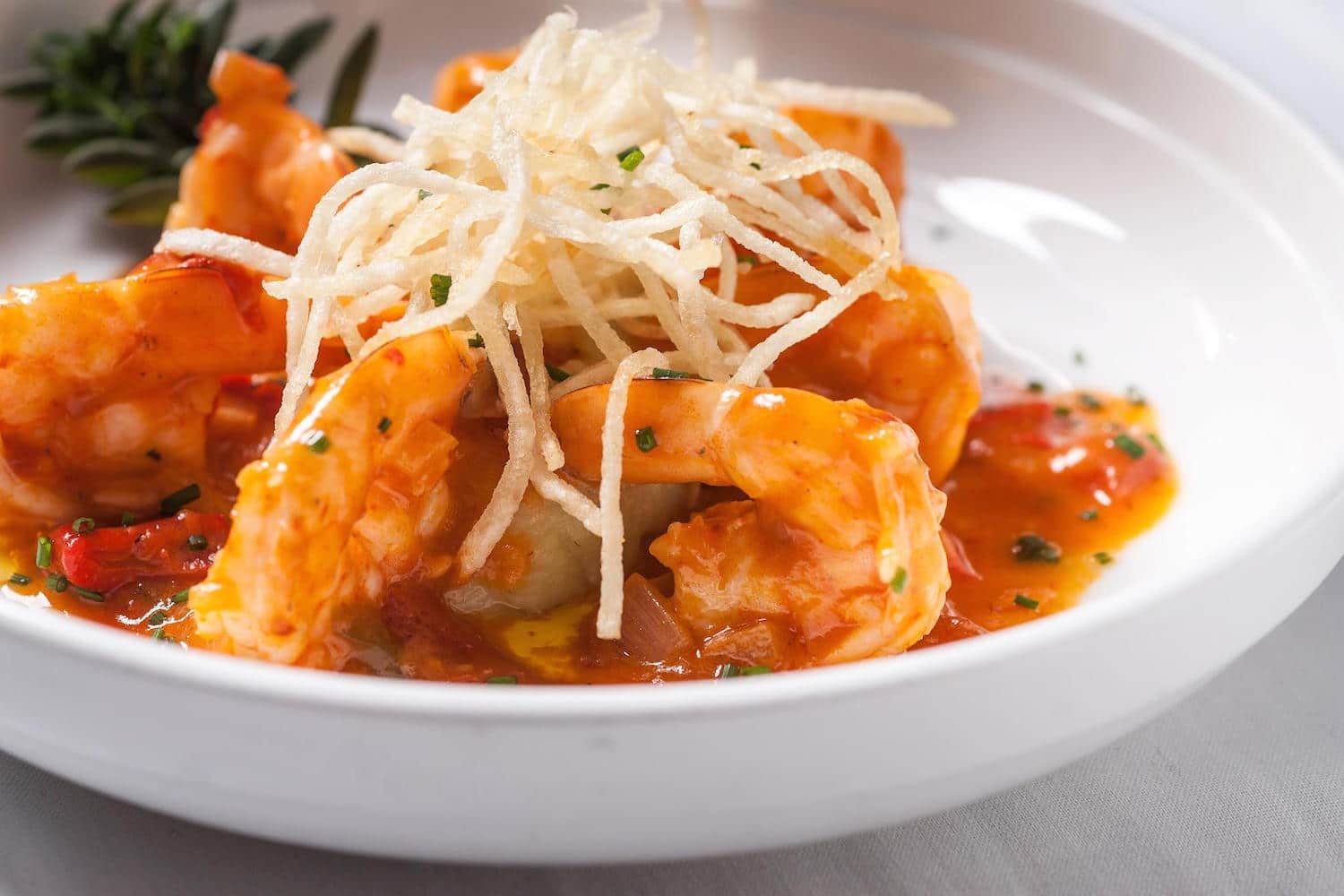
The menu remains true to its Cuban roots. New menu creations derive from already existing Cuban fare rather than borrowing from other cultures. Examples include Bartolito, a flavorful concoction of sweet plantain, pork stuffing, black bean puree and goat cheese or Harina con Camarones, corn grits and shrimp in enchilado sauce.
Victor’s Café bucks the cultural trend managing to remain conceptually fresh and consistently delicious.
Here's how #Cuba's #history has influenced its future #food Click To TweetWhat lies ahead for Cuban cuisine? How will it continue to evolve? “Everything depends on what happens next in Cuba,” says Julian Quevedo of Amor Cubano. Despite hardships and the scarcity of proper ingredients in Cuba, Cuban chefs have continued to create. Cuban-American chefs Alain Rivas, Jaime deRosa and James Beard Award winner, Douglas Rodriguez are leading culinary tours to Cuba. A further thawing of diplomatic relations between Cuba and the U.S. will have an interesting effect on the cuisine of both countries. I can’t wait to see what that will look like.
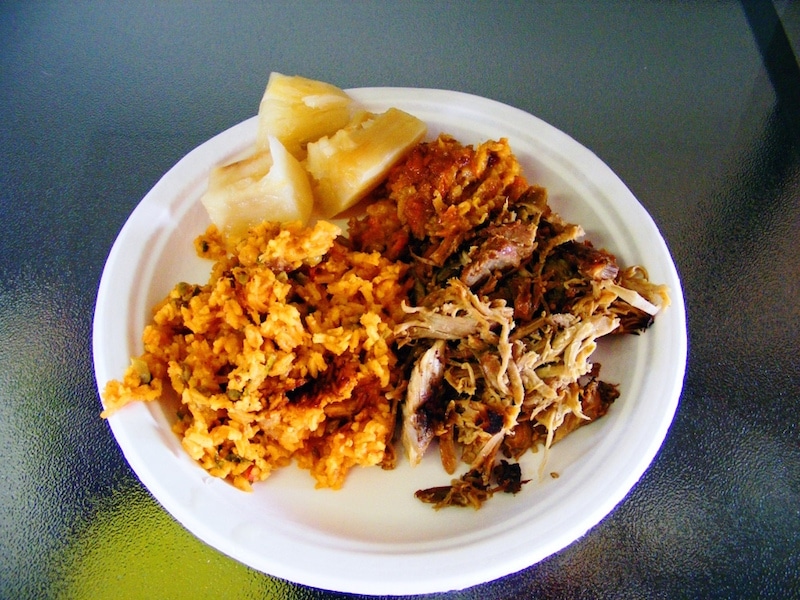
Recipe for Lechon Asado (Cuban roast pork)
By: Talek Nantes, passed down from her mother
Serves: 8 to 10
Ingredients:
- 1 leg of pork – 6 lbs
- 1 full head of garlic
- ¾ cup juice of bitter orange (naranja agria, available at Hispanic groceries)
- 1 TBSP of oregano
- 2 tsp of cumin
- ½ tsp of ground black pepper
- 1 lb of onion, sliced in rounds
- 1 tsp of soy sauce (optional)
- 2 bay leaves
Directions:
Perforate the leg with a long-prong fork in several places.
Crush the garlic and combine salt, oregano, cumin, pepper, soy sauce, bay leaves and juice of bitter orange.
Smear the leg with this marinade.
Cover the leg with the onions slices and let it stand for at least 2 hours.
Place the leg in a pre-heated oven at 325 degrees for about 4 hours.
Serve with white rice and black beans.
Enjoy!
Further Exploration:
How To Explore Cuba’s Green Side In Las Terrazas [Blog Inspiration]
Caribbean Potluck: Modern Recipes from Our Family Kitchen [Great Reads]
Clever Travel Companion Pickpocket-Proof Garments [Travel Safety]
Jessica Festa
Latest posts by Jessica Festa (see all)
- A Culturally-Immersive Adventure In Mongolia’s Altai Mountains - Jul 8, 2023
- This Recipe Sharing Platform Supports Women In The Culinary Industry (Labneh Recipe Included!) - Nov 5, 2020
- Hiking The Mohare Danda Community Eco-Trek In Nepal - Jun 3, 2020
- 6 Important Questions For Choosing A Responsible Yoga Retreat - May 18, 2020
- How To Create & Grow A Profitable Blogging Business (Ethically) - Jan 18, 2020

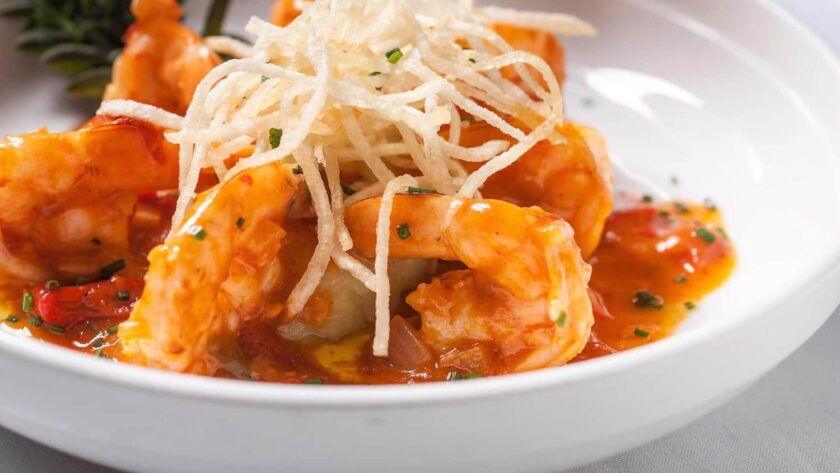
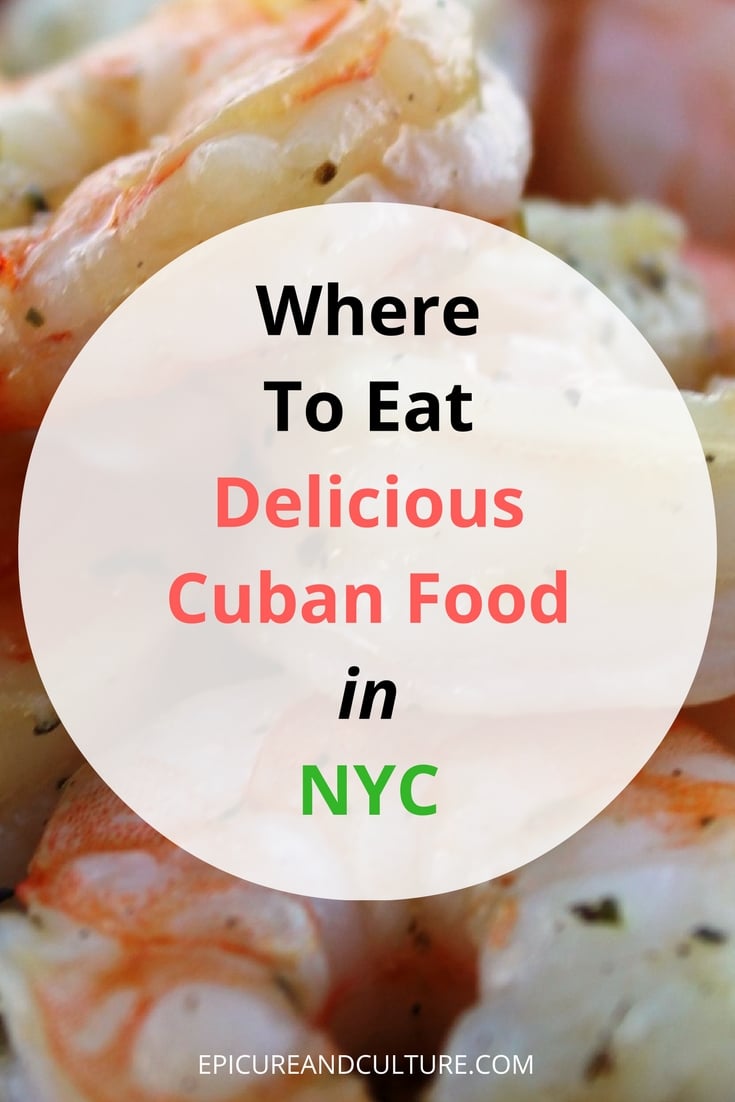


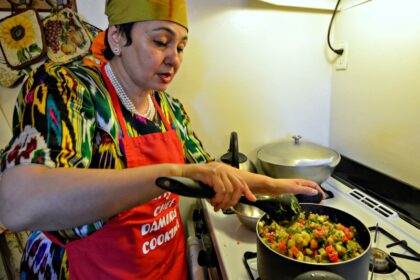

I am surprised to find that Cuban food culture has been developing in more areas of the world outside of Cuba itself. As someone who has always thought that Cuban food would be an interesting option to try, I have been looking into restaurants that provide this style of food. I will be sure to look further into the other benefits that come with the type of food including health and mental benefits.
I like that you talk about Cuban restaurants influenced by new Yorkers. The range of Cuban culinary options has been growing, not just in the quantity of Cuban restaurants but in diversity within the Cuban cuisine category itself. Even though there is influence menu remains true to its Cuban roots. New menu creations derive from existing Cuban fare rather than borrowing from other cultures. Examples include Bartolito, a flavorful concoction of sweet plantain, pork stuffing, black bean puree and goat cheese or Harina con Camarones, corn grits and shrimp in enchilada sauce.